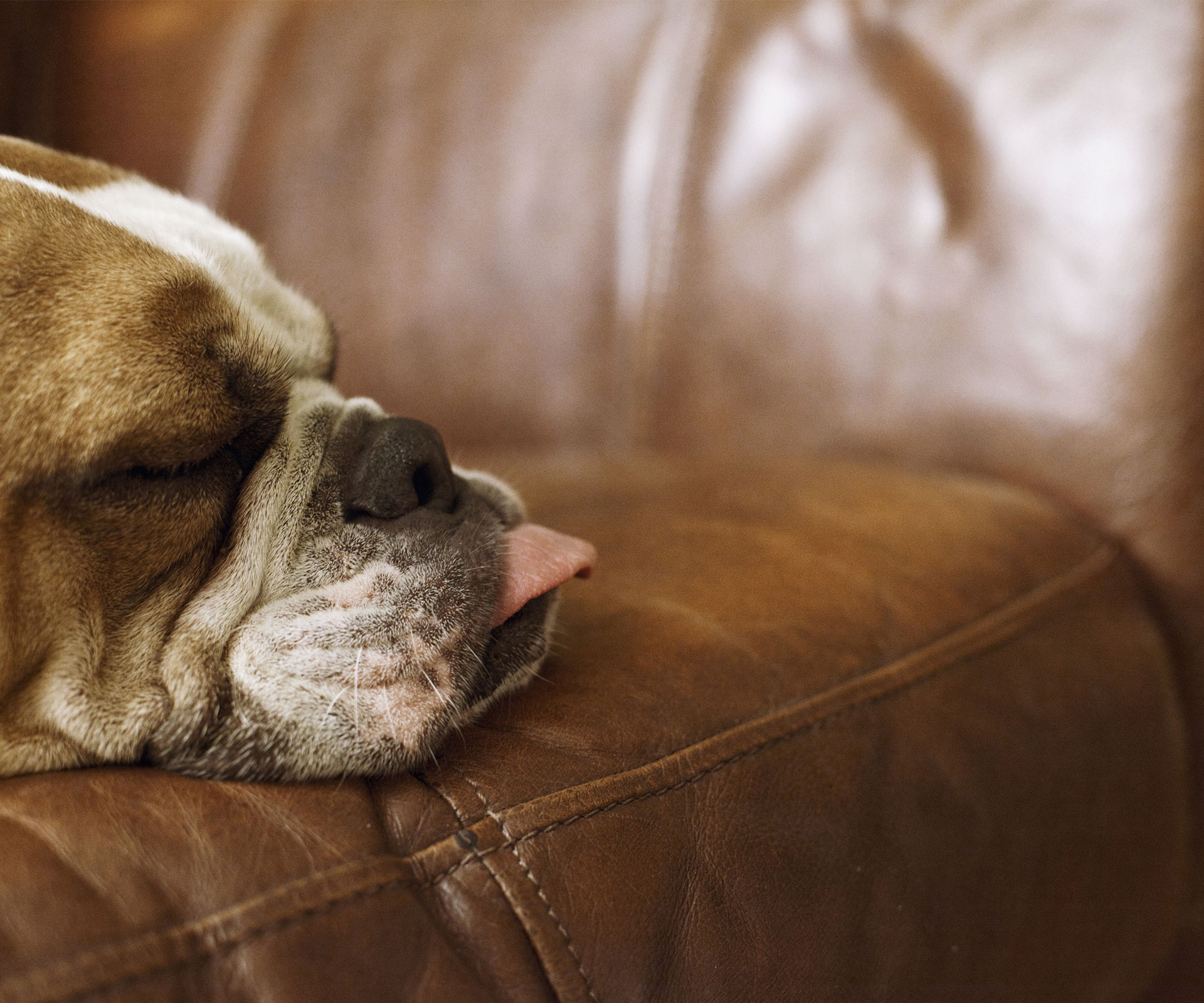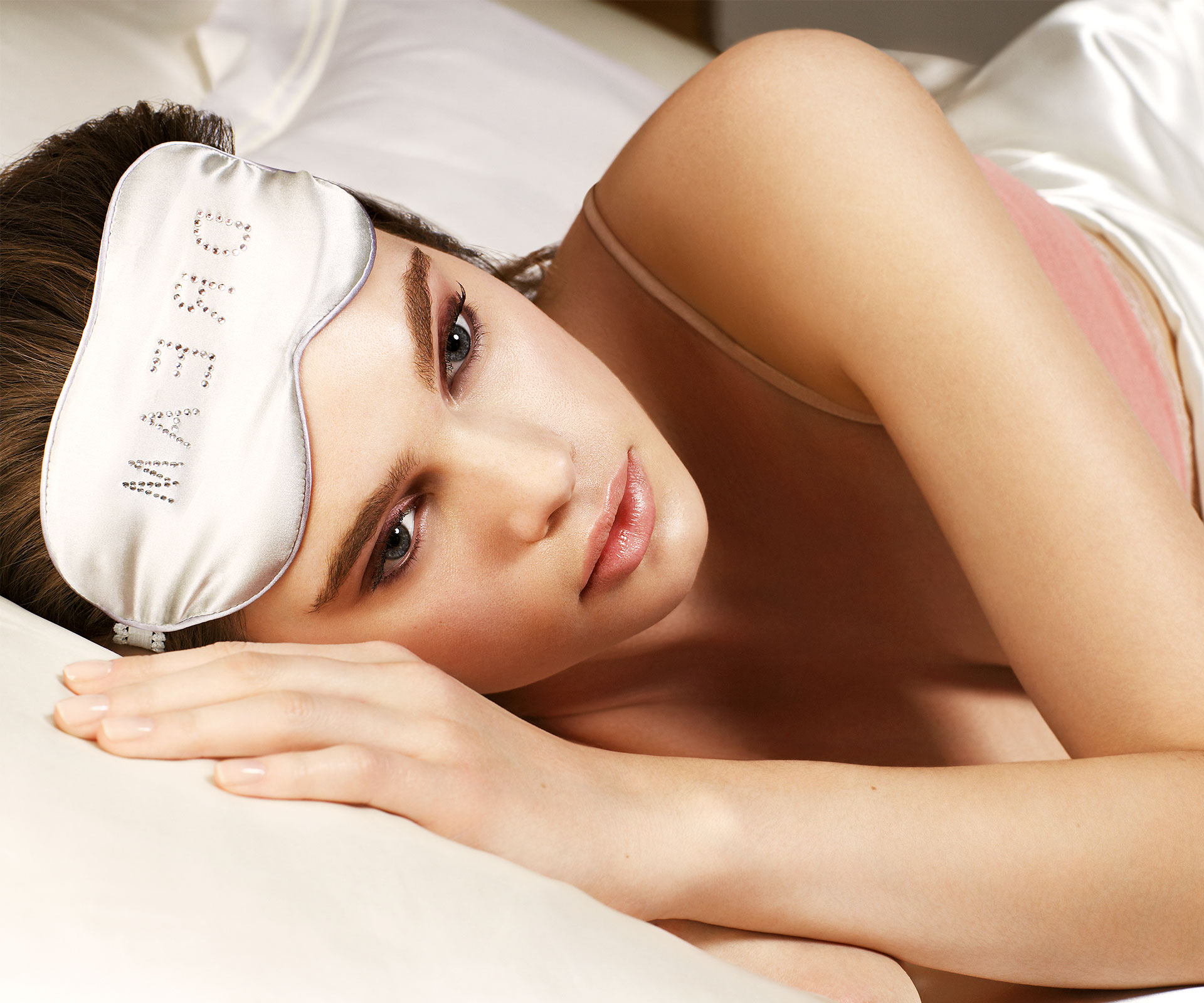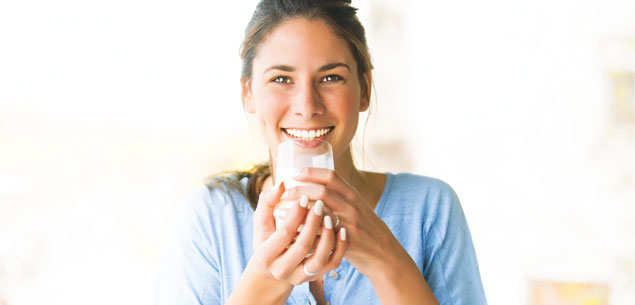If you meet Dr Andy Veale, don’t be surprised if he scans your face like Arnold Schwarzenegger in The Terminator. He’s assessing whether you are a snorer.
“Intermittent back snorer,” is his verdict on me. Er, pretty close. That’s a bit embarrassing, but, then again, given how many people snore – 70 to 80 per cent at some point – and that many who are regular snorers may have some degree of a condition called obstructive sleep apnoea, there’s no need to blush.
Obstructive sleep apnoea is when your airway collapses and you stop breathing. You can’t control it and when it happens, you’re dying. Air can’t get into the lungs so the oxygen levels in the blood drop, increasing your blood pressure and heart rate. Veale says some people are dying over and over again, all night long, without even knowing it. A respiratory specialist and consultant at the NZ Respiratory & Sleep Institute at Ascot Office Park in Auckland, he’s seen extreme cases of people who stop breathing 100 times an hour.
Sleep apnoea is usually the result of obstructed airways behind the palate or tongue. However, sometimes both the palate and throat collapse, causing the tongue to fall back. Anyone can have the condition, says Veale.
He’s treated pilots, truck drivers and judges. Beneficiaries get it, as do young women, menopausal women, white-collar workers, artists, authors, angry people, grumpy people, young men, older men, teenagers, children, babies – and even burglars. He once treated a gang member who was worried because he was falling asleep on the job. “He came to see me and said, ‘I’m scared. I went to sleep in somebody’s front living room and I’m scared I’m going to be caught.’ I’ve had yachtsmen who doze off while they’re in their sailboat.”
The disorder is implicated in road accidents – the worst case Veale has seen was a man who had crashed his car 12 times in the 10 years before getting treatment. A literature review on driver fatigue by the New Zealand Transport Agency cites studies which found the symptoms of sleep apnoea were present in 1.6 per cent of Auckland drivers, and that sleep disorders were common among drivers reporting to Wellington Hospital’s emergency room after car accidents.
Veale says a study from the United Kingdom found no driver action was taken in around 25 per cent of motorway accidents, which were assumed to be “driver asleep” incidents. Though there aren’t specifics, a percentage of car crashes are likely to be the result of sleep apnoea, he says – although it’s believed sufferers complying with treatment are perfectly safe to drive.
The condition is easily treated but under-diagnosed, and while some snoring might not matter much, here are some signs you need to act: falling asleep at meetings, in front of the TV, or just about any time you sit down, including in the car. If you do any of that – and Veale takes a keen interest in who nods off in Parliament’s debating chamber – then head to your GP.
Of course, dozy MPs don’t necessarily have sleep apnoea. They may be overworked and sleep deprived, which could account for falling asleep during interminable speeches, or they might be bored. But even that’s no excuse: “You could say it’s never normal to nod off in the House.”
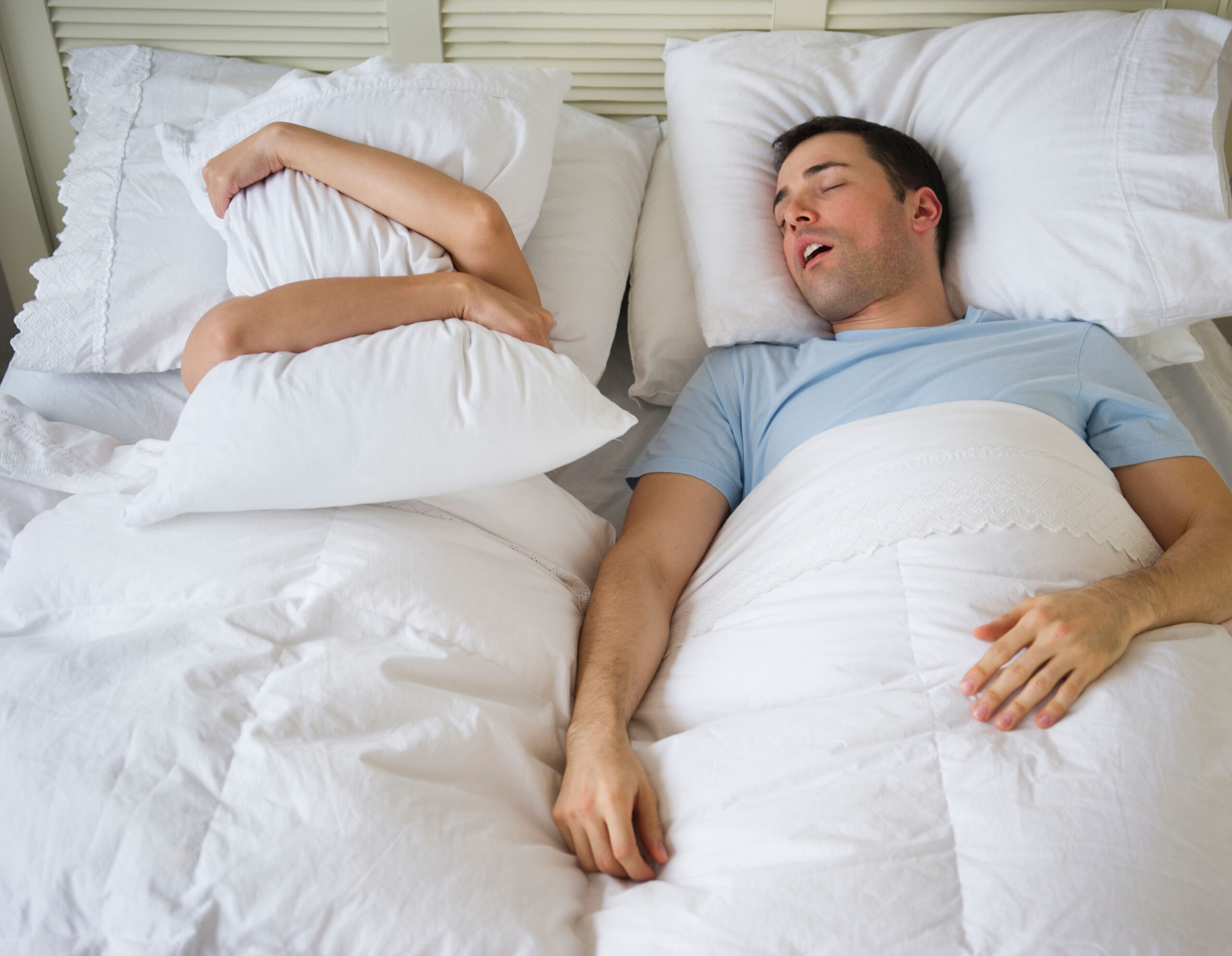
Sleep apnoea can make sufferers flail about, bruising their partners.
Obstructive sleep apnoea is still relatively new in the medical field, though it is likely to be centuries old, and it affects around five per cent of the adult population.
When Veale scans you for symptoms, the giveaway might be neck size, face shape or whether you are obese. However you may be skinny and have a healthy lifestyle. You may not drink alcohol, smoke or overeat – all of which are alarm bells for snorers – but your airway might still collapse at night, or during the day if you do nod off, triggering your body to shut down.
Some people don’t wake up and may be among those you hear about who “died in their sleep”.
For most people, it isn’t fatal, thankfully, says Veale. The brain signals the body back into life – sometimes triggering a flail of kicks and punches. But even if your body doesn’t become gaspingly, desperately violent as it rouses itself, sleep apnoea may still be contributing to, or causing, many harmful health conditions.
To demonstrate, Veale tries to breathe without taking in any air. You can see his throat gulping in vain and if he goes on much longer his face will go red. This is hard on the body – try it – and adrenalin and the sympathetic nervous system’s fear, flight, fight reaction kick in. “Blood pressure will often go up 20 points, so that’s part of the ‘I’m about to die’ stress response,” Veale says.
Adrenalin has an anti-insulin effect, contributing to diabetes, and as you breathe against an obstruction a vacuum is created in the chest. “That can suck acid out of the tummy and up into the chest, so people with this commonly complain of heartburn.”
But wait, there’s more. The negative pressure created by the vacuum in the chest and the sucking of stomach acid into the chest stretches the heart, Veale says, which also contributes to why people with sleep apnoea are prone to getting up in the night for a pee.
The problem is, the heart doesn’t understand why it is being stretched: “It assumes it’s stretched by too much blood flow so it produces a substance called atrial natriuretic peptide, which goes to the kidneys and says, ‘I’m volume overloaded, pee out some fluid.’
“And as soon as you obstruct, your blood oxygen level falls, which provides a hypoxic stress to the body, and we think that hypoxic stress contributes to accelerated atheroma, or hardening of the arteries in the carotid arteries, or the coronary arteries, and contributes to the risk of heart attack and stroke.”
The person wakes up in order to save their life, he says. “If they didn’t wake up, they’d be dead, and people with this will commonly die between midnight and six in the morning.”
When people do wake up, it’s so brief they mostly don’t even realise it. These micro-arousals contribute to the fragmentation of sleep, though sometimes the person might jerk themselves wide awake. Says Veale: “The typical person with sleep apnoea is overweight, and that correlates better with the size of their neck than how big their bum is; they’ll have hypertension, may have some diabetes, complain of heartburn, get up once or twice a night to have a pee, and be dozy in the daytime.”
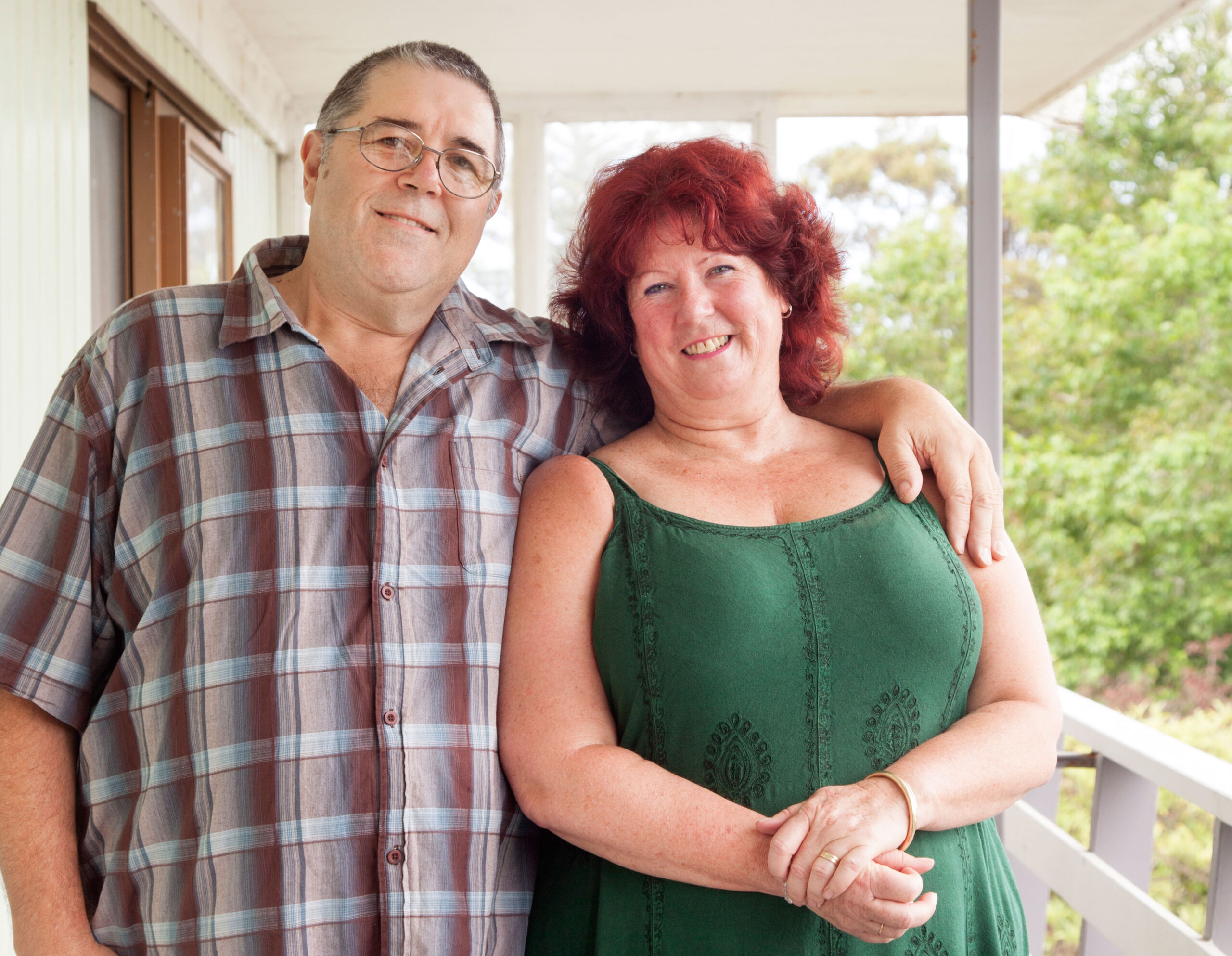
Brett Naysmith, from Waiuku, and wife Jo.
At the Sleep institute, there are sound-proof rooms with ensuites, and beds laid out with folded towels and little bottles of hotel-style shampoo.
Sleep apnoea is so common that on sleepover nights, where people are monitored via infrared cameras, and where computers create squiggles of heart rates, brain waves and muscle signals, bookings are chokka and the waiting list long.
Brett Naysmith, from Waiuku, went through this, though he was in denial at first. Wife Jo says when Veale demonstrated at a consultation what Brett was probably like, he objected and got a bit angry. But, she said to him, that’s exactly what you do.
Brett, 54, used to kick her at night, bruising her shins, and she’d sleep with one arm over her face in case he punched her.
It was also terribly stressful. She would match her breathing to his and when he stopped she’d think, “Holy hell” and nudge him back to life. The same thing, night after night, was exhausting. No one else in the house could get any sleep because Brett’s snores penetrated every room. Jo and the kids would turn the TV up loud but nothing muffled his snoring. He’d fall asleep in front of the telly and, while he says his work as an electrician at New Zealand Steel wasn’t affected, he would fall asleep at meetings.
He put that down to the shift work – Veale says people are very good at explaining away daytime sleepiness, but “common doesn’t mean normal”.
It wasn’t until Brett landed in hospital (with another condition) that he was referred to a sleep clinic – he reckons his snores must have kept the whole ward awake. He was so tired he looked like a panda: “Dr Veale said I probably had tinges of blue around my lips because the oxygen levels were so low.”
Brett was put on a CPAP (Continuous Positive Airway Pressure) machine, which is the main treatment for severe sufferers. It’s not pretty, but now he goes to sleep with a face mask hooked up to a machine that’s become his security blanket.
Life changed overnight: “I can actually watch movies or the end of a rugby game. I used to look up and think, ‘Oh, they’ve swapped sides.’ I was always getting yelled at to go to bed,” he says. “I’d go to watch a movie and get told I’d already seen it and I’d say, ‘No, I haven’t.’ We couldn’t go to the picture theatre or anything like that; I’d just start snoring.”
Jo also has a smile on her face. She says Brett always snored, but the problem worsened as he put on weight. He was 182kg at his heaviest, but now he’s down to about 110kg. She used to hate being out in the car with him and says if they went out to dinner he’d fall asleep. He’s much more alert now he’s been diagnosed and has the machine.
Veale says people who are being treated are much safer than those who don’t know they have it, or don’t want to know they have it.
The institute currently carries out 12 sleep studies a week and though it is a private facility, it has public contracts. Clinics are spread around the country and every DHB has an access point for sleep disorders, so even if you are on a benefit you should still get on the waiting list.
People who think they have a problem, or if a partner has observed them stopping breathing, should go swiftly to the doctor, Veale urges. “If you’re sleepy and you’re a snorer, you should see your GP. If you’ve got hypertension and you’re a snorer, you should see your GP. If you’ve got diabetes and a snorer, you should see your GP. If you’ve got heart failure and you’re a snorer, you should see your GP.”
And, he says, make sure the doctor is aware of your concerns because being prescribed sleeping tablets is dangerous for those with sleep apnoea. Drinking alcohol is even worse; both relax the muscles.
Maori and Polynesians are particularly at risk, and this is largely related to obesity. The heaviest patient Veale has treated weighed 333kg (the sleep institute has a special room and a reinforced toilet). But Maori and Polynesians are also muscular races so they have big tongues, he says.
“Something like 40 to 50 per cent of gridiron players in the United States have sleep apnoea without there being an ounce of extra fat, but they’ve got big neck muscles and big tongues as part of the African-American body appearance.”
The other group he is seeing more of are slim and from Asia, “so mid-face set back; small, undershot chin. Facial appearance, tongue size and obesity are probably the big three.”
Children can also be victims. Across town at Starship children’s hospital, respiratory paediatrician and sleep specialist Dr Jacob Twiss says around two to four per cent of otherwise healthy children have obstructive sleep apnoea, which makes it relatively common. Child sufferers tend to fall into three groups. There are otherwise well pre-schoolers who have large adenoids and tonsils that create obstruction in the breathing passage. The usual management is to take out the adenoids and tonsils, which in 95 per cent of cases cures the problem, Twiss says.
The second group, however, are children with other underlying problems, such as a congenital syndrome or other abnormalities in their breathing or respiratory tract, and they are more complicated to manage. The third – and growing group – are children who are overweight, and they tend to be school age.
“In terms of our service here, I think we have about 60 or 70 kids on CPAP for obstructive sleep apnoea. It’s growing. It’s not growing exponentially, but it is growing, the number of kids we support that way, which is a challenge for us and it’s a challenge for their families.”
Sometimes newborns have to go on a CPAP machine, but they often have a neurological condition or an anatomical problem.
Two-to-three-year-olds are the hardest group to put on the machines because they are strong-willed enough to say “no” and you can’t always reason with them. While some will need the machine for life, sometimes a child’s face shape changes and they grow out of it, and others may lose weight.
The condition may have been a factor in some cot deaths, too, though Twiss says this is a muddy area. “I don’t think we know there is a clear link… but having said that, it does seem like for some of the kids who die from a cot death or from a SIDS, that airway obstruction, whether that’s a pillow or something else, is certainly part of what happens.”
Twiss says there is a growing recognition a child is more likely to have the problem if their parents also have it.
In children, signs to look out for include snoring on a regular basis, struggling to breathe, or pausing during breathing. The child’s chest may be laboured or they may be restless, sweaty, or wake up without seeming refreshed. They may also have learning difficulties or poor concentration, or they may be hyperactive.
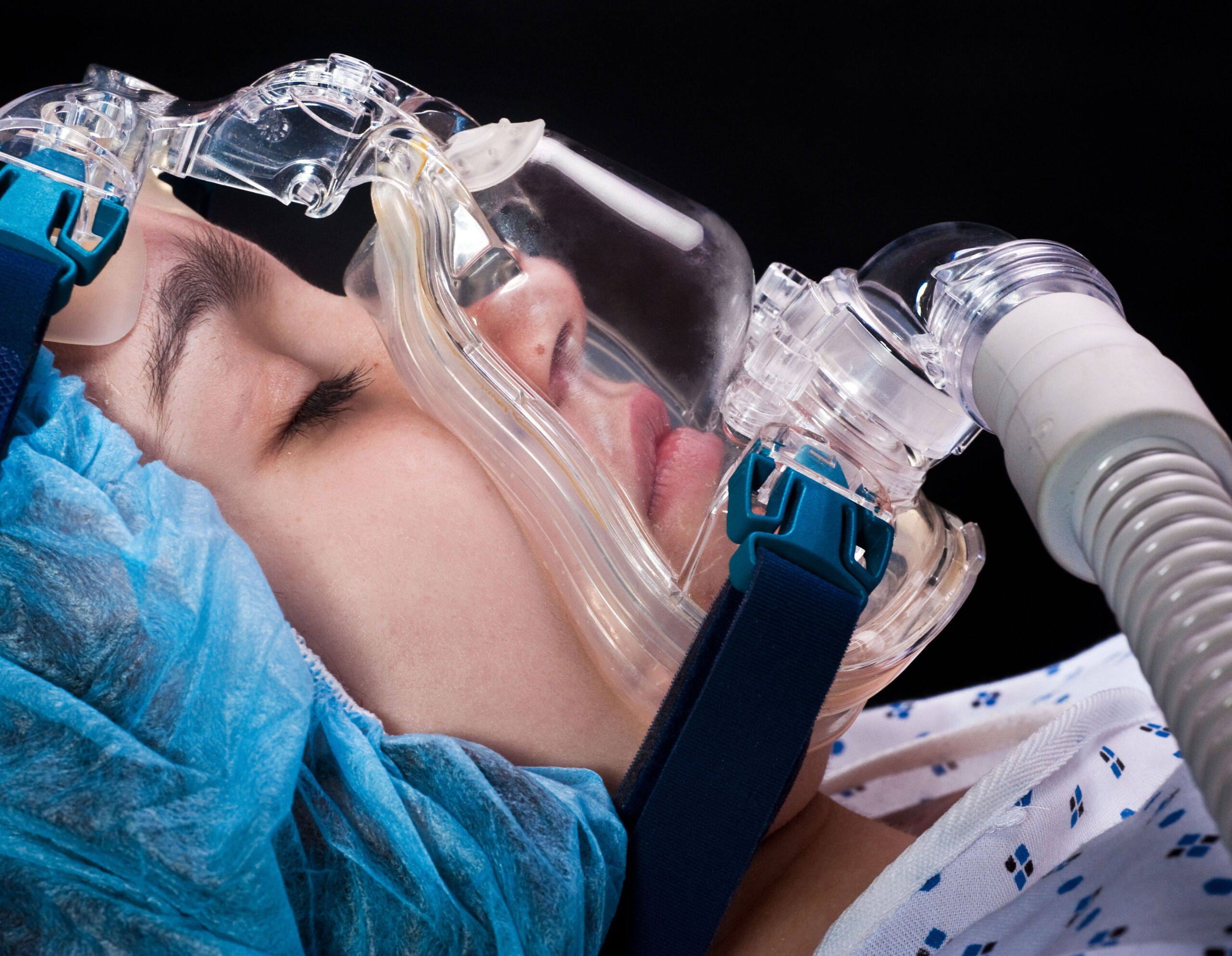
At sleep clinics, patients can have their breathing monitored overnight.
For women, snoring like a steam train is especially embarrassing. Back at the sleep institute, Veale says while sleep apnoea is about twice as common in men, when women reach menopause the numbers catch up.
A woman we spoke to, in her 60s, didn’t want to be named but says she was a dreadful snorer. One time she went away with friends who were concerned she was ill because of the noise she was making. They thought she’d been throwing up all night, even though they weren’t in the same room, but she knew nothing about it.
At home early one morning, she got up to go to the toilet and “smashed” back on the bed. “I didn’t know what had hit me, it was ‘boom’. Then my heart started to race. I went to the doctor the next day and my blood pressure was up.” She’d had vertigo for a few weeks, saying her balance was “all over the place”, which was frightening.
The night she was hooked up with wires for the sleep study tests, she was convinced she hadn’t slept a wink and was stunned to find out she had not breathed more often than she had breathed.
“I’d thought, ‘This is just a waste of time,’ but when I got the results back I couldn’t believe it.”
A prominent businessman in his 40s, from east Auckland, now takes his CPAP machine everywhere he goes, including on aeroplanes. He tells everyone about his sleep apnoea, because his life has improved so much, but his family asked him not to be named.
His snoring was so bad, he says when he went away on his boat, people on neighbouring boats could hear him, and when he was flatting his mates only just stopped short of calling noise control.
“We all laughed about it, but it’s not funny. It’s dangerous. It can kill you. I was just so tired it wasn’t funny and I was falling asleep every lunch time. I didn’t realise how tired I was until the first night on the machine. All of a sudden I got up at 5am and started going for walks. I had all this energy and I thought, ‘Wow, that’s what a good sleep’s like.’”
For the younger male, it’s not so easy to sleep with a machine and Dr Veale says 18-year-olds who want to go out and have some fun are the hardest to convince, but he has a strategy for that. He tells them to give their girlfriend a very good time the first night they spend together, without using the machine. The next time, she won’t mind it when the machine appears. While he doesn’t see as many young women, his advice is the same.
There are other options, aside from the CPAP machine, for some sleep apnoea. Surgery to improve the nasal airway, or if the tonsils are large, can help for some. Sometimes bariatric surgery leading to weight loss can help, and people with a small mid-face can benefit by surgery to bring the jaw forward.
Mouth-guard contraptions, which keep the jaw forward and increase the space behind the tongue, can work for some with mild to moderate symptoms, but these devices are best moulded by a dentist. Over-the-counter or internet “boil in the bag” devices don’t always grip the teeth so often don’t do the job. A tongue-stabilising device, which suctions onto the tongue and holds it forward, works well but is “intolerable” for some patients.
Nothing beats the CPAP machine. Invented in the 1970s, it has gone from big, noisy and clunky to smaller, quieter models which can now fit on a bedside table and into a briefcase.
Even so, it might be hard to get your pet to wear one – yes, animals can have sleep apnoea, too. Veale has never met a cat with the disorder, but says watch out if your dog is a snorer.
The archetypal animal sufferer is the English bulldog: “Short, fat, dozy, slobbers all over the place and dies young from heart disease.”
Words by: Catherine Masters
Photos: Ken Downie and Getty Images
